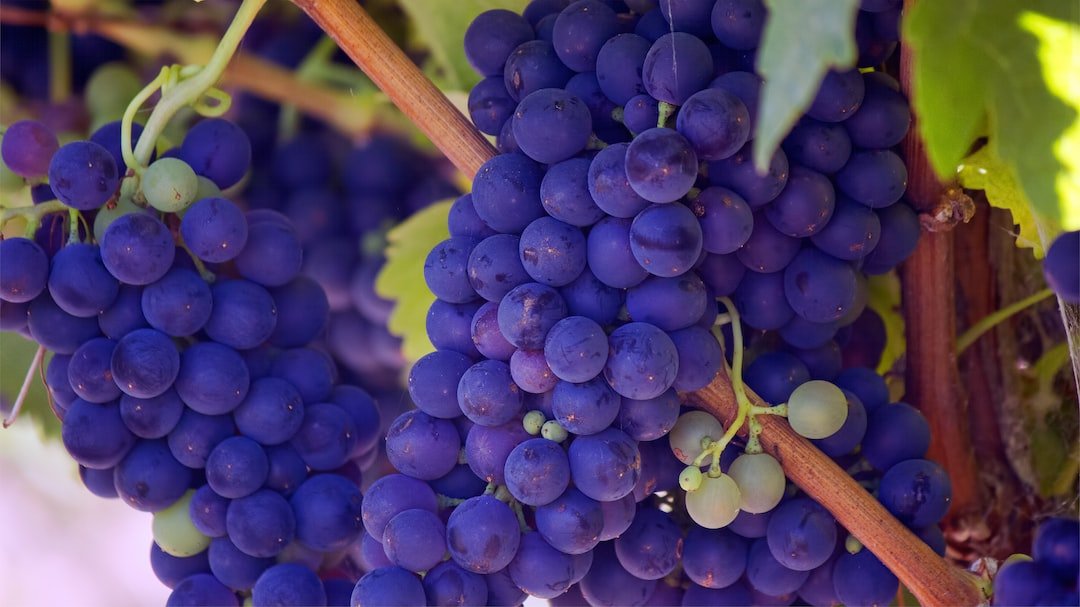
For Phytophthora
The Disease and
current challenges
Phytophthora Cinnamomi arrived in Australia in the early 20th Century and now poses a significant threat to agricultural, native and ornamental plants. Any activity that moves soil, water or plant material can spread Phytophthora affecting trees and plants like Avocados, Macadamias, Tomatoes, Pineapples, Jarrah, Eucalyptus, natives like Banksia, Grevillea (Spider Flower) and ornamentals like roses and azaleas. In the USA, Phytophthora affects Chestnuts, Pines, Firs etc and in Europe it affects Oak, Cork and Chestnuts. Globally, more than 800 species are susceptible to this soil borne pathogen.
Although roots are not normally visible, they are one of the most critical parts of a plant or tree. This is where the vascular functions begin and water, minerals and nutrients flow up the xylem.
Current treatments to mitigate the disease include trunk injections of phosphonic acid that travels along the xylem to the phloem and back down to the root system. The injection method has not been entirely effective as climate change has made the critical success factors - dosage and application timing, challenging, often leading to ineffective results or phytotoxic symptoms.
Using REMEDiAg Gold
A more effective method for treating fruit and nut trees is to spray REMEDiAg Gold combined with a 3% concentration of Hydrogen Peroxide (H₂O₂) at the root zone and upwards on the infected area on a tree's trunk. ( Fig 1). If the condition has affected the foliage and twigs, continue the spray upwards towards the leaves and twigs.
When combining REMEDiAg Gold with H₂O₂, REMEDiAg Gold acts as a catalyst to breakdown H₂O₂ into water (H₂O) and Oxygen. The additional oxygen molecule nourishes the roots and aerates the soil.
Targeting the sprays of REMEDiAg Gold combined with H₂O₂ on the infected areas of a tree or plant will allow it to penetrate the vascular system to mitigate infection of the vascular tissues.
Commence the spraying once a month, observing the results. When the condition of the tree or plant improves, repeat spraying should be bi-monthly.
The recovery rate depends on the severity of the infection, age of the tree and its environmental condition.
Following this approach with REMEDiAg Gold in Europe has been very successful, refer below to field records on Maple Trees in Spain.
New shoots and foliage appeared
Bark tissues recovered and grew back together.
Two Sprays of REMEDiAg Gold combined with a 3% concentration of H₂O₂ per season (One at the end of winter before bud-break and one during the spring flush), produced amazing results!













